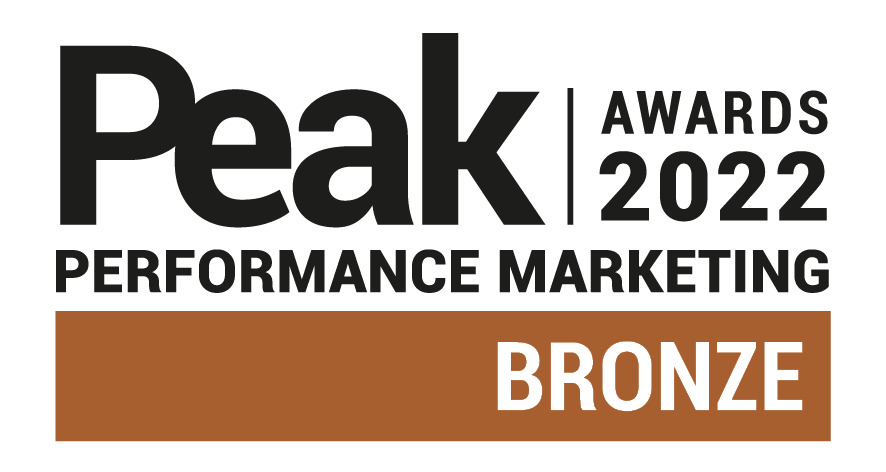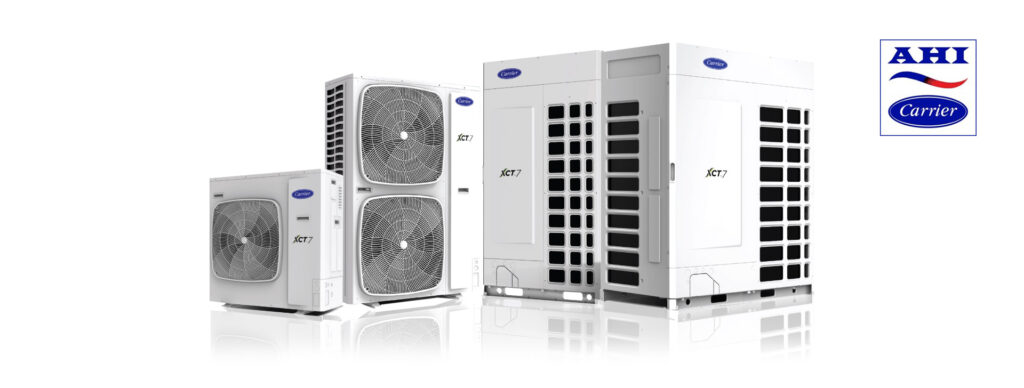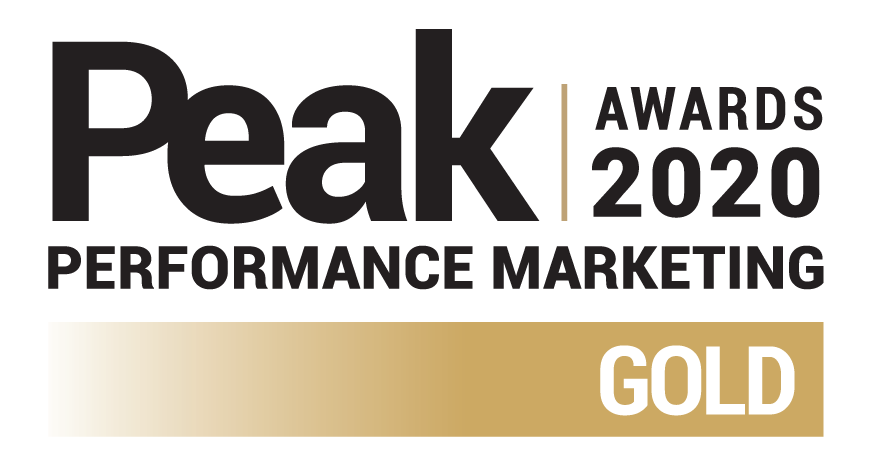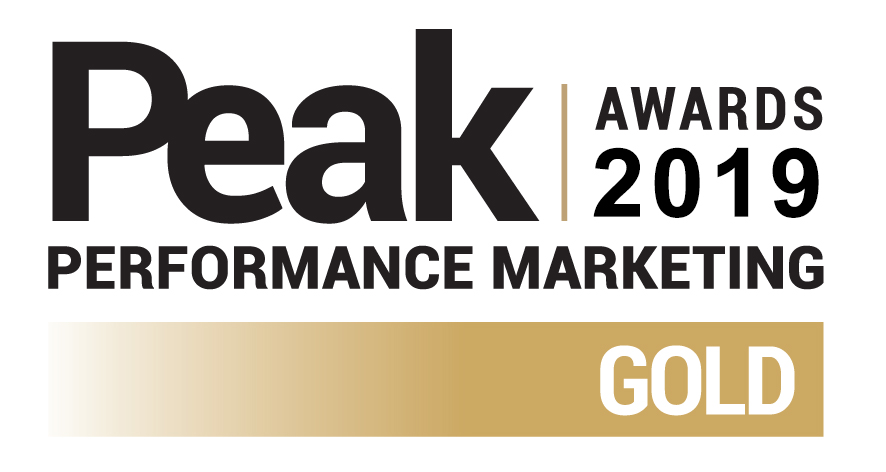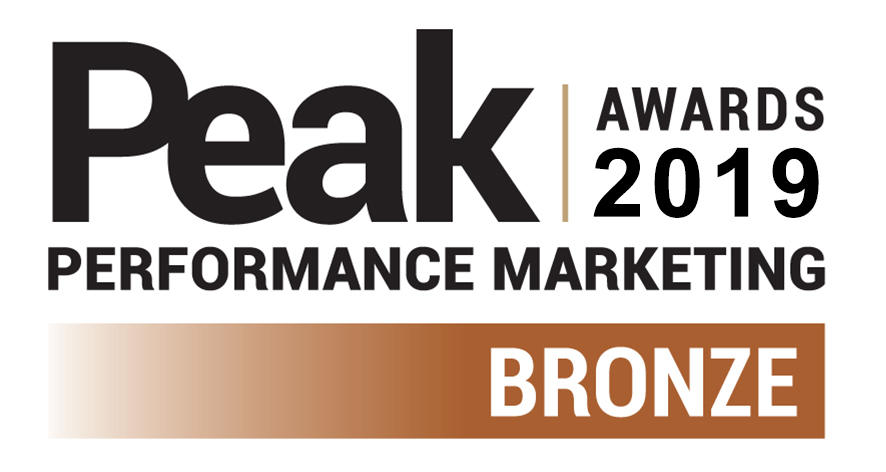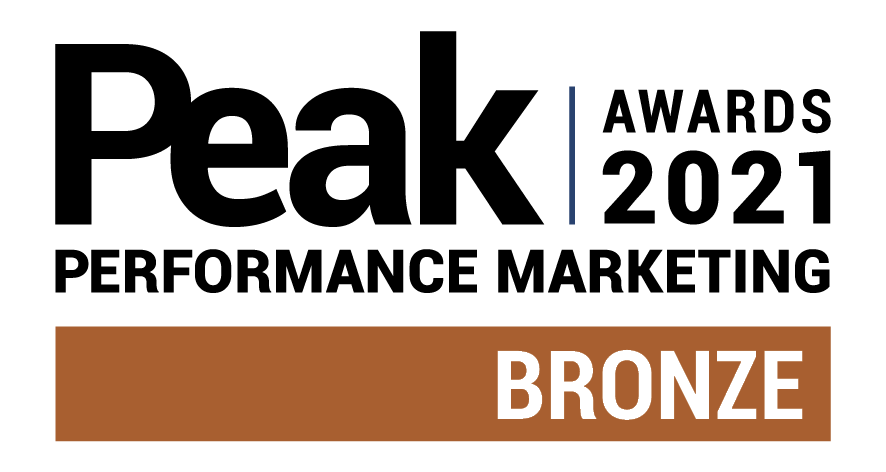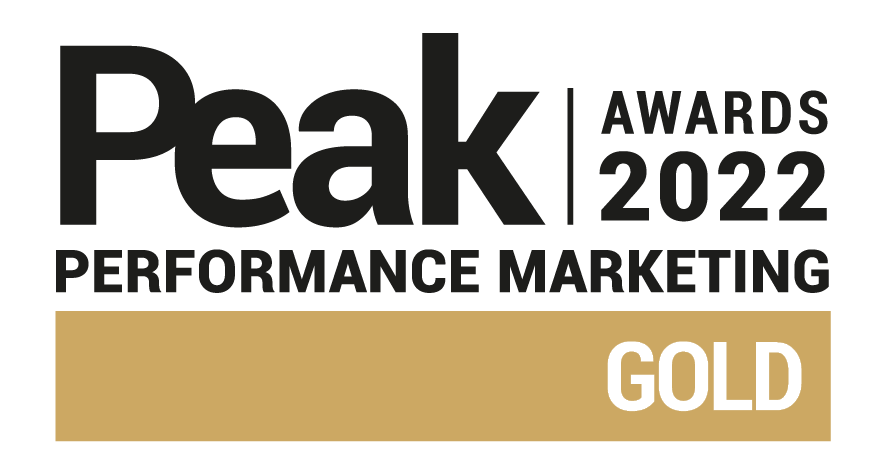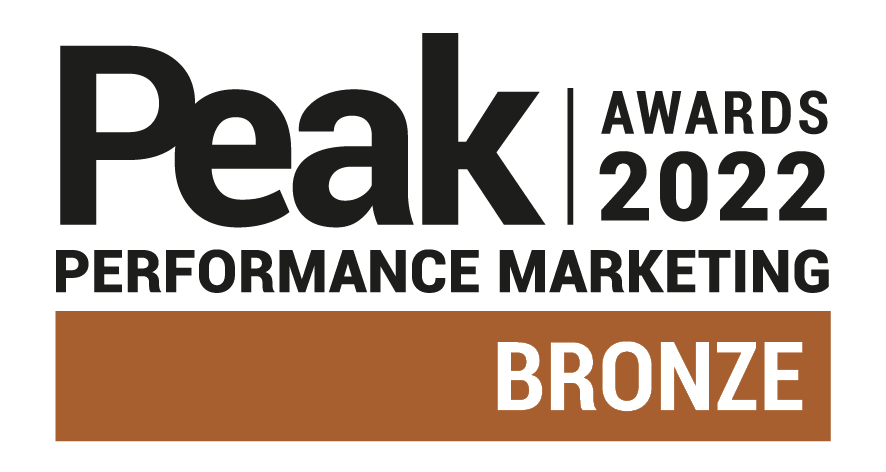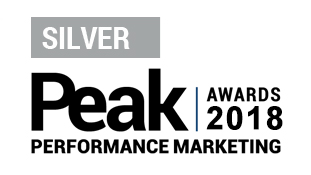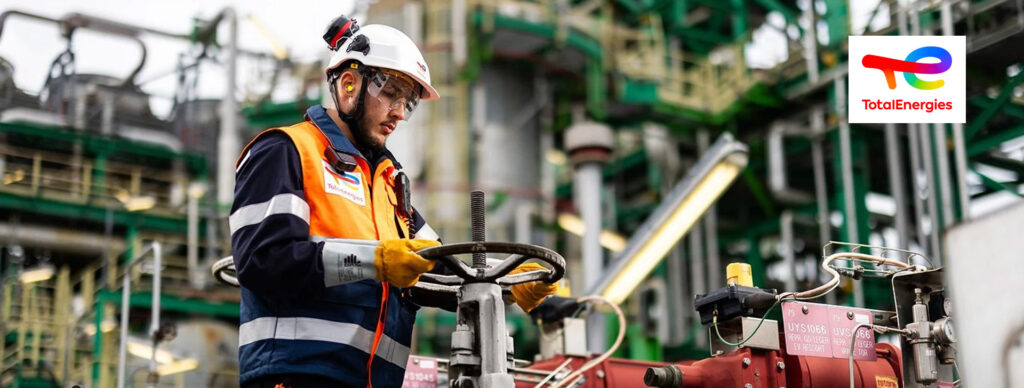T-Support

When compared to six months before to migration, T-Support experienced notable gains in key performance indicators in the short time after the transition:
Organic Sessions
Engaged Sessions
The Case
Background: T-Support was founded in 2008 and specializes in the sale of IT products. It offers computers, hardware, software and peripherals, cooperating with well-known manufacturers, providing reliable service and fast deliveries. Their website is very important to their business operations.
The existing website needed a design refresh, was not mobile-friendly, was slow and did not have an optimized user experience. The main goal was to renew the website’s appearance, but also improve it in terms of speed, user experience, and conversions.
Challenges Faced
Objectives:
Our main objectives were:
- Visual Renewal of the Website: It was necessary to make it more mobile-friendly and to improve the user interface for a better user experience.
- Speed Optimization: It was important to reduce the loading time for improved user interaction.
- SEO Optimizations: Implementation of SEO Best Practices was needed for better search engine rankings.
- Increase conversions: Improve Conversion Rate through optimized content and user experience.
Challenges:
The main challenges we faced were:
- Data Retention: Ensuring that all valuable data from the old website will be safely transferred to the new one.
- Preservation of Keyword Rankings: Preservation of rankings during the transition to the new website.
- Technical SEO: Proper redirections and creation of Robots.txt and Sitemap without errors.
- Content Strategy: The creation of new and optimized content
The Strategy
Control and Programming
We started by conducting a comprehensive SEO audit of the old website to ensure a smooth transition. This was followed by strategic planning to address the challenges and achieve the goals.
Technical SEO
- Redirects: We recorded and redirected all the old URLs to the new ones to maintain the SEO authority that each page had built.
- Canonicalization: Added canonical tags to avoid duplicate content issues.
- Sitemap: We created an XML sitemap to help search engines better understand the site.
Content Strategy
Meta Titles & Descriptions: We added new Meta Titles & Descriptions that included the keywords we wanted to target.New Content: We created new content such as blogs and product descriptions that were both keyword-rich and valuable to the user.
Execution
Stage 1: Pre-Transition Preparations
Backup and Data Security
Before starting the migration, we took a backup of the old website, including all databases and content. This ensured that no data would be lost during the transition.
Recording of SEO Metrics before the Transition
We recorded the SEO performance of that period using important metrics such as rankings, backlinks and organic traffic. This serves as a basis for measuring the success of the migration.
Stage 2: Technical Setup
Redirections
We redirected all the old URLs to their respective new URLs. We implemented 301 redirects to ensure their smooth transition.
Canonicalization and Sitemap
We added Canonical tags to the new pages to avoid duplicate content issues. An XML Sitemap was also created and submitted to search engines to help read and store it faster.
Stage 3: Content Transfer & Optimization
Transfer of Existing Content
All the existing content was transferred to the new website, ensuring that the structure, but also the meaning, would not be altered. Also, the images were optimized and ported as well.
New Content, Meta Titles & Descriptions
We created new, optimised content that contained targeted keywords. Also added new Meta Titles & Descriptions to all pages to improve organic click rate from search engine results pages.
Stage 4: Test & Control
Quality Assurance
Before the website went live, we completed an SEO audit and tests to make sure everything is as it should be. This included checking for canonicals, checking image optimization and making sure redirects were working correctly.
Speed and Performance Tests
We also checked the speed, to be sure that the new website met the goals we had set.
Stage 5: Live and Evaluation
Live
After careful testing and quality assurance, the new website went live. The old website has been archived for record-keeping.
Monitoring & Evaluation
We closely monitored the site’s performance in the first few weeks to identify issues that may need immediate attention. We also used the SEO metrics that we recorded before the migration and compared them with the performance after the migration, so that the evaluation could be done.


